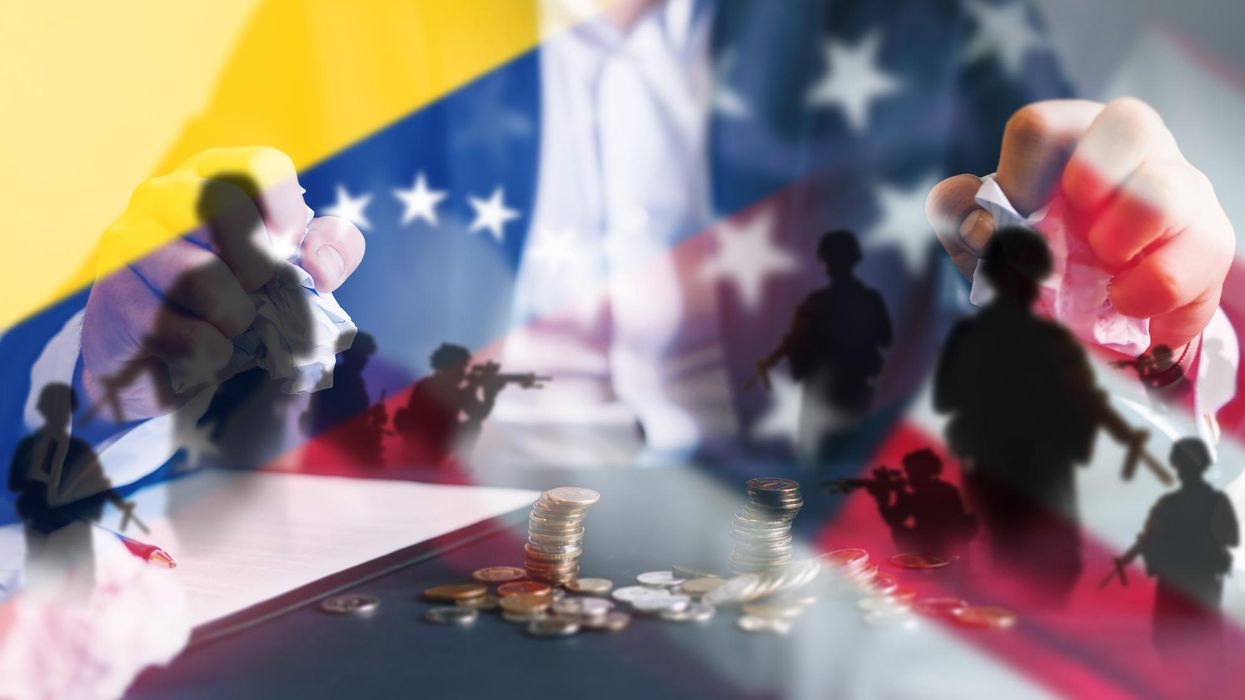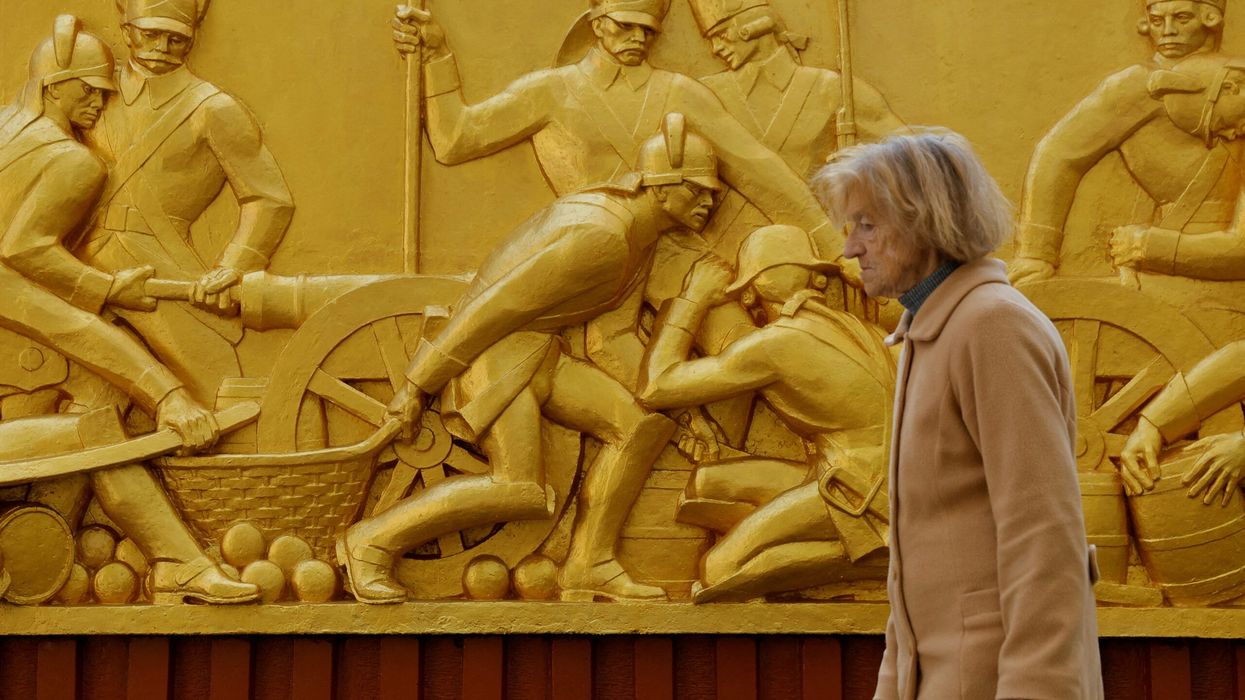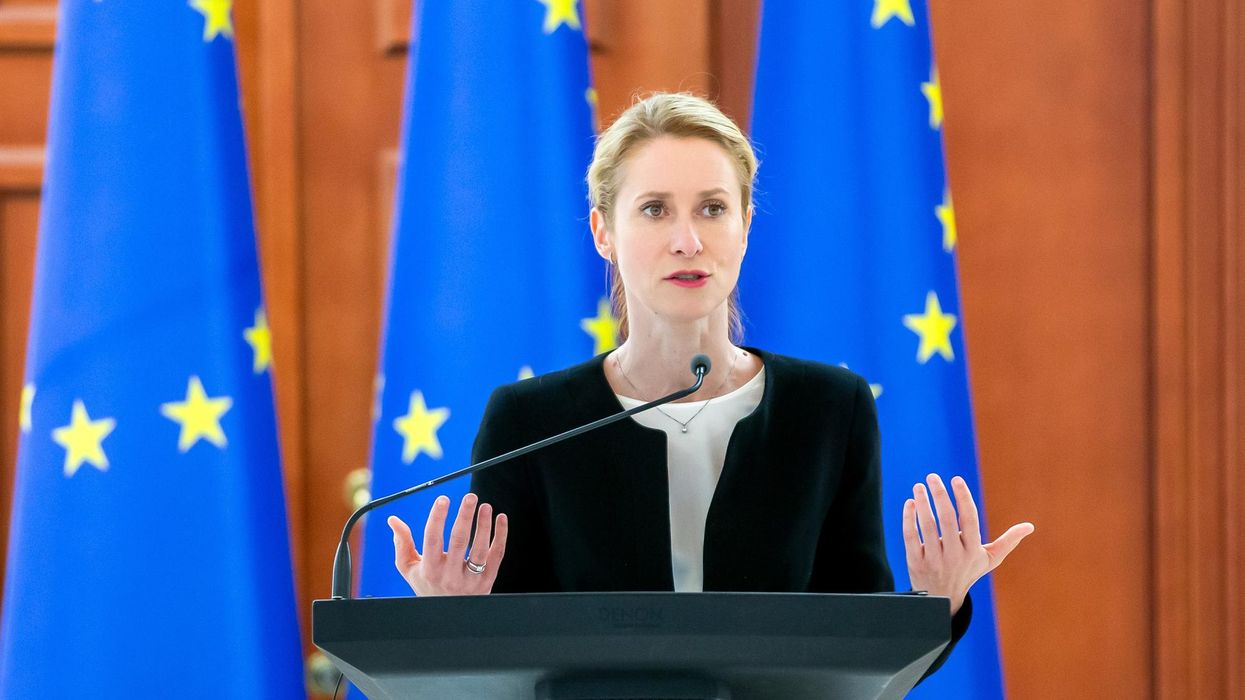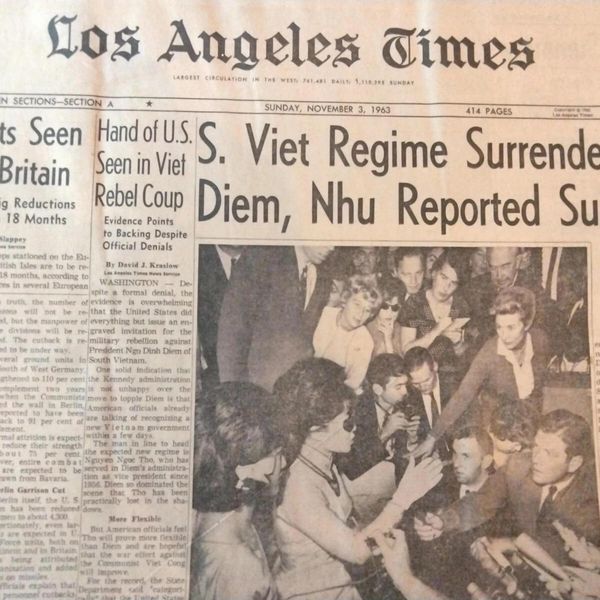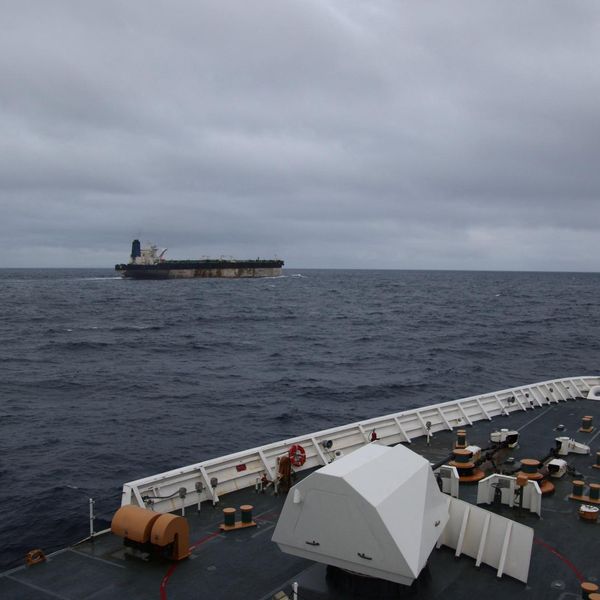It is no surprise that a recent announcement by Iran’s attorney general that the government was abolishing its “morality police” elicited widespread confusion. Indeed, while some officials indicated that changes to the role of the morality police were under discussion, others stated that there were no plans to abolish the force.
Thus, the moral — and even political — victory that appeared to be within protesters’ grasp has apparently passed from their hands.
Yet while there is no evidence that Iran’s political system is about to fall, the conflicting signals regarding the future of the country’s morality police could suggest that a debate has emerged in the regime. These fissures may turn out to be politically insignificant. But they could also increase the leverage of leaders who argue that the best way to defend the system is to advance a policy of limited political, or at least social, decompression.
Indeed, what could emerge is a retooled “compartmentalized regime” strategy. This strategy would sustain a full-fledged crackdown in the country’s predominantly Kurdish and Balochi provinces, while also creating space for a regime-managed dialogue with the opposition in the Shia-Persian area that constitutes the regime’s geographical and political core. If there is little inclination in the Washington think tank community to envision scenarios beyond escalating repression or regime collapse, recent tentative efforts by the regime to reach out to Reformist leaders — such as former President Mohamed Khatami — may eventually create ripple effects that could shift the political terrain.
Repression in the Kurdish and Balochi Provinces
The compartmentalization of repression in Iran is a long-standing strategy that has echoes in governments throughout the Middle East. In Iran, this strategy has unfolded via a system that allows for a measure of state-managed competition in the Shia-Persian core, while also sustaining an often draconian system of state repression in provinces where ethnic Kurds, Arabs, and Balochis are the majority.
With Shia Muslims constituting some 90 percent of the population, and citizens with Persian ethnicity making up about 60 percent of the population, this dual strategy has given the state a tool to repress, co-opt, and divide political leaders in the regime’s Shia-Persian national heartland. Simultaneously, the state has imposed security forces, educational systems, and discriminatory social and economic practices that some minorities (especially Sunnis) in the less central provinces argue constitutes a kind of second-class citizenship, or worse, a system of outright occupation.
In addition to demographics, sectarian considerations have also animated this dual strategy. While the Kurdish and Balochi communities are by no means culturally or linguistically monolithic, and while Iran’s rulers have brought some prominent leaders into the state’s political and security apparatus, most Sunni political and clerical leaders reject the official, Twelver Shia ideology known as “guardianship of the jurist.”
The familial, personal, and economic ties that these Sunni minority communities have with their coreligionists across the border in Pakistan, Iraq, Syria, and Turkey have only added the regime’s concerns. Indeed, the long-held belief of Iranian leaders—which President Ebrahim Raisi has repeatedly articulated—that the United States and its Sunni Gulf allies have backed these groups on both sides of the border has deepened the regime’s existential nightmare of national disintegration.
Tehran’s Authoritarian Balancing Act in the “Persian Plateau”
Predictably, in the “Persian plateau” of the political system, Iran’s leaders have tried to undermine the protests not merely through repression, but also by playing the minority threat card. “Kurdish opposition groups,” one hardline security official warned, “are using Amini's case as an excuse to reach their decades-long goal of separating Kurdistan from Iran, but they will not succeed.” The official was referring, of course, to Masha Amini, the 22-year-old Kurdish woman whose September 16 beating and death at the hands of Iran’s security forces ignited the protests.
Similarly, following the October 26 bombing of a sacred Shia pilgrimage site in the southern city of Shiraz, Iranian security agents blamed “foreign” agents from Azerbaijan, Afghanistan, and Tajikistan, trying to stir up sectarian Shia-Sunni tensions. Because such scare tactics have probably further enraged Iranian youth and women in particular—while having little to no apparent effect on the efforts of the protesters to sustain a united front—the regime’s divide-and-rule tactic has only deepened the hole that it has already dug for itself. The regime might still manage to exit this pit by intensifying what is already a bloody crackdown. But doing so could prove politically risky. With the apparent support of Ayatollah Khamenei, hardliners have rejected any demands for reforming the constitution.
And yet, faced with a relentless opposition and the prospects of an unending state-society conflict, the regime has in recent weeks reached out to several opposition leaders with roots in the Reformist movement. The most important of these is former President Khatami, who on November 14 stated that the overthrow of the regime was neither possible nor ideal, and called upon protesters (and by implication, the regime) to engage in a dialogue.
In response, an IRGC-linked media outlet stated that the former president was well placed to pursue such an initiative. Ever the optimist, in early December, Khatami praised what he called the protesters’ "beautiful slogan" of "woman, life, freedom,” and urged that freedom not be “trampled in the name of security.” Raisi’s government, he said, should “extend a helping hand to [the protesters] and…move towards good governance before it is too late."
As this back-and-forth between the regime and Khatami unfolded, Iranian Chief Justice Gholam-Hossein Mohseni-Eje'i and Secretary of Iran’s Supreme National Security Council Ali Shamkhani met with a group of veteran Reformists. One of them, Azar Mansoori, reportedly laid out a list of requests that, in addition to highlighting the need for dialogue, outlined other steps, such as controlling the hardline “loudmouths who anger the people,” unblocking social media, removing plainclothes security officials and the morality police from the streets, and allowing at least one political party to hold a protest.
Moreover, Mansoori called for changing the electoral and political process—a classic goal of the Reformist movement. Signaling the limits of the regime’s sectarian divide-and-rule strategy, Mansoori had previously endorsed the abovementioned Sunni cleric Molavi Abdolhamid Ismaeelzahi, adding, “Don’t erase the problem, find out the reason for the people’s protest and ask yourself is there any way other than free elections and an independent civil society?” Her demands were subsequently echoed by other Reformist leaders, who called for a national referendum on constitutional reforms.
However, if there are advocates of dialogue in the regime, the convenient discovery of the benefits of negotiation may have come too late. Khatami is 79 years old, still under house arrest, and like many of his Reformist allies, speaks for a generation of leaders—the “children of the revolution”—who no longer have the ear of the next generation. Divided, and suffering their own legitimacy crisis among the wider population, the Reformists may not be in a position to deliver, particularly if the emerging fissures in the regime turn out to be more of a political mirage than a sustainable political reality. Thus, the path in Iran is full of detours and even landmines.
But given the alternatives, testing the regime’s tentative outreach may open up opportunities that cannot be fully envisioned at this fraught moment.
Sending the Right Message
The prospect of a long, drawn out, and uncertain struggle is difficult to accept. Several leading Washington think tanks, inspired by Iran’s fearless protesters and the apparent disarray in the regime, are now shaping research initiatives that will trace the possible paths from uprising to democratic revolution. Efforts to imagine or even foster such a dynamic are well intentioned. But for the moment, the protesters’ immediate challenge is to keep up the pressure and sustain as much collective action as possible, not because such exertions will necessarily topple the regime, but because they could amplify the leverage of political leaders who favor negotiations over endless confrontation.
The United States and its western allies could help this endeavor by accelerating two steps that have already been taken, but that still require robust follow-up: First, mobilizing multilateral institutions like the United Nations to address Iran’s human rights abuses, and second, relaxing international sanctions on the social media technologies that are vital to sustaining communication during Iran’s protest movement.
Neither of these two measures will produce the democratic victory that the opposition and a good part of the Iranian population surely want. But they might help realign a grossly imbalanced domestic playing field that has empowered hardliners while also signaling that a government that is pummeling its own people will only earn the contempt of the international community and of people around the world who have, like many Iranians, taken to the streets to demand justice and respect.


